Jones Ultralight Stratos Splitboard
Test Locations:
- Mt. Baker Backcountry, Stevens Pass, WA
- Rogers Pass, BC
Days Ridden (so far): 6
Available Sizes: 156, 159, 161W
Size Tested: 159 cm
Stated Nose-Waist-Tail Width: 30.5-25.6-29.5 cm
Stated Sidecut Radius (159 cm): 7.5 m
Stance Setback: 2 cm
Stated Board Weight (159 cm): 2700 g ± 405 g / 5.94 lbs ± 0.9 lbs
Blister’s Measured Weight (159 cm, including all clips): 2997 g / 6.6 lbs
Boots Used: Ride Trident, K2 Aspect, K2 Waive
Bindings Used: Spark R&D Surge Pro
Skins Used: Jones Nomad
Reviewer: 6’2”, 165 lbs / 188 cm, 74.8 kg
[Note: Our review was conducted on the 22/23 Jones Ultra Stratos Split; for 23/24, Jones changed the graphics and the name to “Ultralight Stratos,” but the construction is the same.]

Intro
Jones is arguably one of the highest-profile and most influential brands out there when it comes to splitboards. Jeremy Jones and his Deeper film series (check out all three films, in order, if you haven’t already) are in many ways responsible for the modern splitboard renaissance and, indirectly, a surge in industry-wide quality and innovation over the past decade.
Within their own lineup, Jones has been the source of many refreshing freeride shapes and has also pioneered new constructions and splitboard tech. Their Stratos shape is a camber-dominant, tapered freeride board with a spooned tip and tail, and is available in a solid and two split options. The Ultralight version of the Stratos Splitboard takes the same overall silhouette but cuts weight via higher-end materials (most notably, carbon and Koroyd).
As soon as I heard about it, I was instantly intrigued by how the Ultralight Stratos Split would perform, especially in terms of how the Stratos’s supposedly playful ride would pair with the lightweight build. And frankly, I was also curious about how any snowboard might justify a $1700 price tag.
Last season, I got to spend a good bit of time with the Ultralight Stratos, from my home in the Pacific Northwest to the north in British Columbia. I ended up coming away really, really impressed, so here, I’ll try to outline what makes this splitboard stand out, and what sort of riders it caters to.
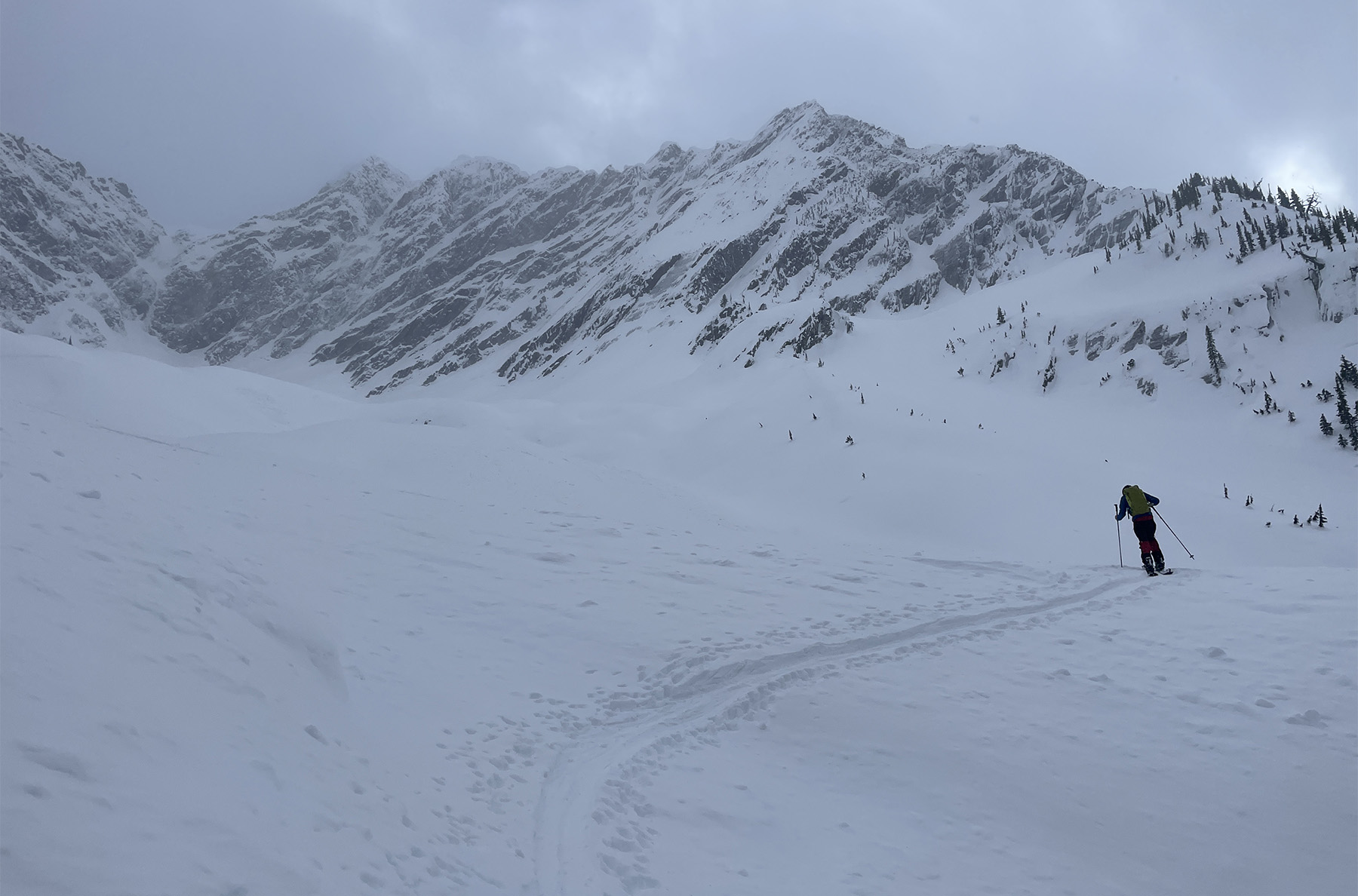
Shape & Construction
The Ultralight Stratos features a directional freeride shape with 10 mm of taper and a mellow fishtail design; its 20cm-wide tail is on the longer side for many tapered boards. The Stratos isn’t an explicitly volume-shifted board per se (unlike, say the Jones Storm Chaser), and Jones doesn’t recommend that riders size down on the Stratos. Its progressive sidecut is fairly tight at 7.5 m for the 159 cm length I’ve been testing and features “Traction Tech 3.0,” which is a 3-point serrated sidecut similar to Lib Tech’s Magne-traction (more on that in a moment).
Jones’s Ultralight models are their highest-end splits, so unsurprisingly, the Ultralight Stratos is built with top-tier materials. Those include a proprietary sintered base, “Fusion Carbon” laminates, a paulownia / poplar wood core, and the addition of Koroyd. The exact details on how and where these materials are used are sparse, but for reference, Koroyd is essentially a network of small plastic tubes heat-molded together. It has long been used in helmets because of its vibration absorption properties (and low weight), but has expanded into skis and snowboards, including under the bindings in older Head Kore skis and the nose of Jones’s Aviator 2.0 snowboard. It isn’t clear from Jones’ marketing materials where they use it in the Ultralight Stratos. Other construction details include the brand’s Inner Traction Tech, which uses a continuously serrated edge on the inner edge to increase outer edge grip while skinning, and top-mount clip inserts (discussed more below).
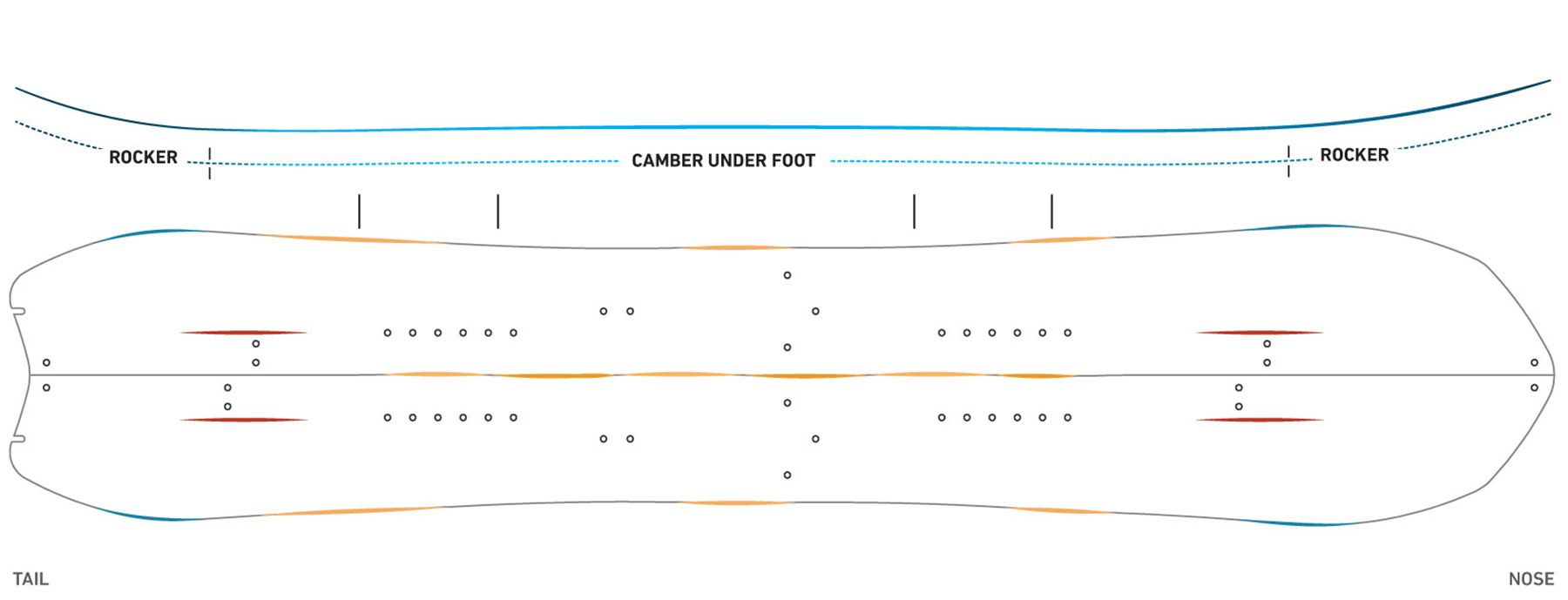
Like most Jones boards, the Ultralight Stratos includes a number of nods to less environmentally harmful materials and processes, including 27% bio-based epoxy, a castor-bean-derived topsheet, recycled edges, and recycled ABS sidewalls. Jones also states that all their boards are made with 100% solar power. If you want to hear more about their latest environmental initiatives, check out our GEAR:30 podcast with Jeremy Jones and Xavier Nidecker.
In their marketing materials, Jones mentions a nebulous “Forever Flex” manufacturing process that isn’t explicitly described but claims to increase boards’ flex durability / consistency over time. If I had to speculate, I’d suspect that it involves slightly overbuilding the flex of a board initially, then using a mechanized flexing process so that the board is “broken in” by the time it reaches the consumer. I’ve ridden boards from other brands that use a process like that, and it did seem to make a difference over the course of a season.
Rocker Profile
The Ultralight Stratos’s camber-dominant hybrid rocker profile doesn’t feature dramatic bends, with underfoot camber extending beyond the bindings, a mellow amount of nose rocker, and barely noticeable tail rocker. Jones’s 3D Contour base couples with the reverse cambered portions of the board, with up to 7 mm of progressive spooning in the nose and tail.
Flex Pattern
Jones lists a flex rating of 7/10 overall for the Ultralight Stratos, but I’d rate it stiffer, at about 8/10 overall. I’d rate the tail flex as an 8.5/10, between the bindings as 7/10, and the nose as 7.5/10.
Clips
The Ultralight Stratos features Karakoram’s top-of-the-line “Ultra Clips 3C with Tip Lock,” which are exclusive to Jones and tension in three axes (parallel, perpendicular, and vertically) between skis, in addition to being adjustable. This is another upgrade relative to the standard Stratos Split, and the Ultra Clips 3C came perfectly tensioned on the Ultralight Stratos I tested.
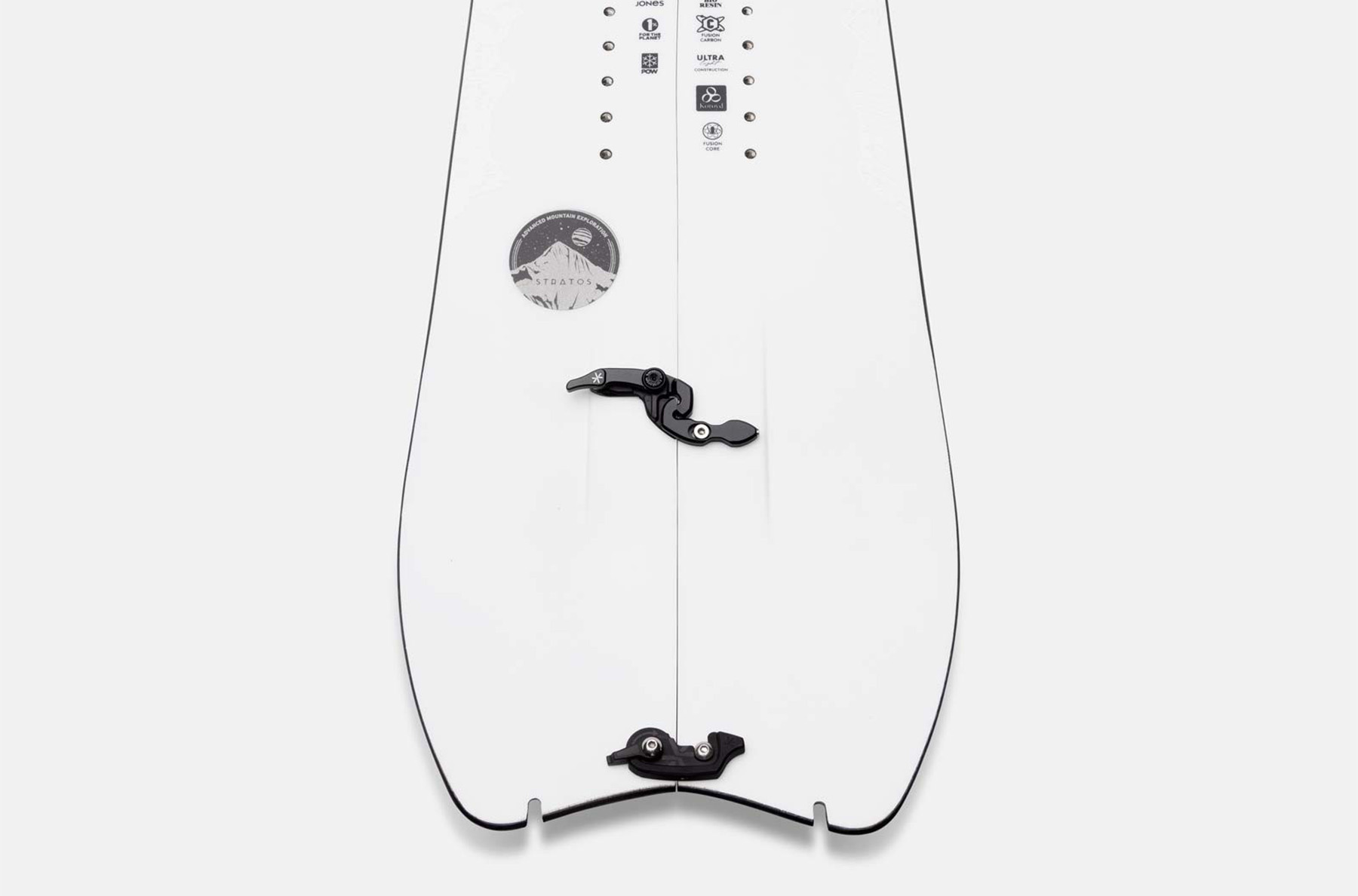
Full Review
Uphill Performance
The Ultralight Stratos Split’s pricey construction really makes a case for itself on the skin track. Its featherweight design (just under 3 kg / 6.6 lbs for my 159 cm version) made short tours faster and bigger days possible for me — each step was noticeably less fatiguing. Its low swing weight also makes kick turns easier, and I found the touring mounts to be perfectly placed. The camber-dominant rocker profile made for grippy, efficient climbing.
All Jones splitboards have tail notches designed to interface with their own skins, and I found the precut Jones Nomad skins to work well on the Ultralight Stratos. Jones also makes a Nomad “Pro” skin which, if you’re looking for maximum glide, you may want to opt for. I found the standard Nomad mohair / nylon skins to be solid, slightly on the grippier side, and still fairly lightweight overall.

As noted above, the inside edges of the Ultralight Stratos (and most Jones splits) feature Jones’s Traction Tech serrated edge design. While Jones doesn’t preach much about this in their marketing, I was very, very impressed. Making a splitboard’s inside edges serrated represents a significant technical challenge with much less margin for error than traditional split construction — if the build is off by a millimeter or two, the board could be catchy or even not fit together correctly, throwing off the flex and ride. While I’m sure it’s not easy to accomplish, the upside is that the rider gets a significant upgrade in terms of grip on the skin track when side-hilling on firm / icy snow, compared to traditional splits with straight inner edges.
I tested the Ultralight Stratos Split’s performance on a variety of unforgiving skin tracks, including a boot-ruined, glazed-over sidehill in the Mount Baker, WA backcountry, as well as on icy, wind-scoured ridges on Rogers Pass, BC. The serrated uphill edge made a noticeable difference in traction during difficult sidehills, and when I rode other splits later in the season, I was definitely missing the Ultralight Stratos Split on the ascent.
Simply put: on the skin track, the Ultralight Stratos Split is the most capable splitboard I’ve ever used, by a wide margin.
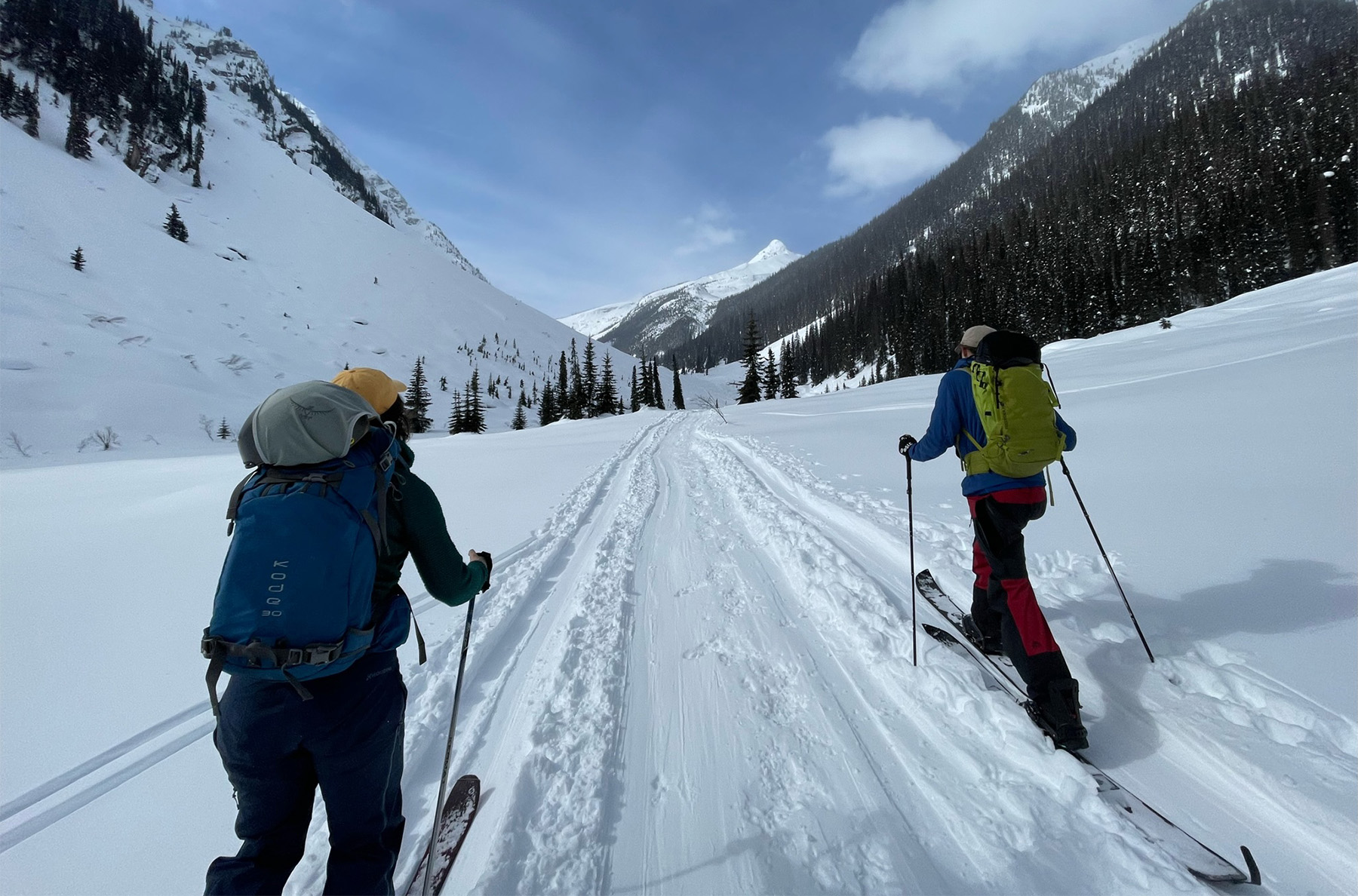
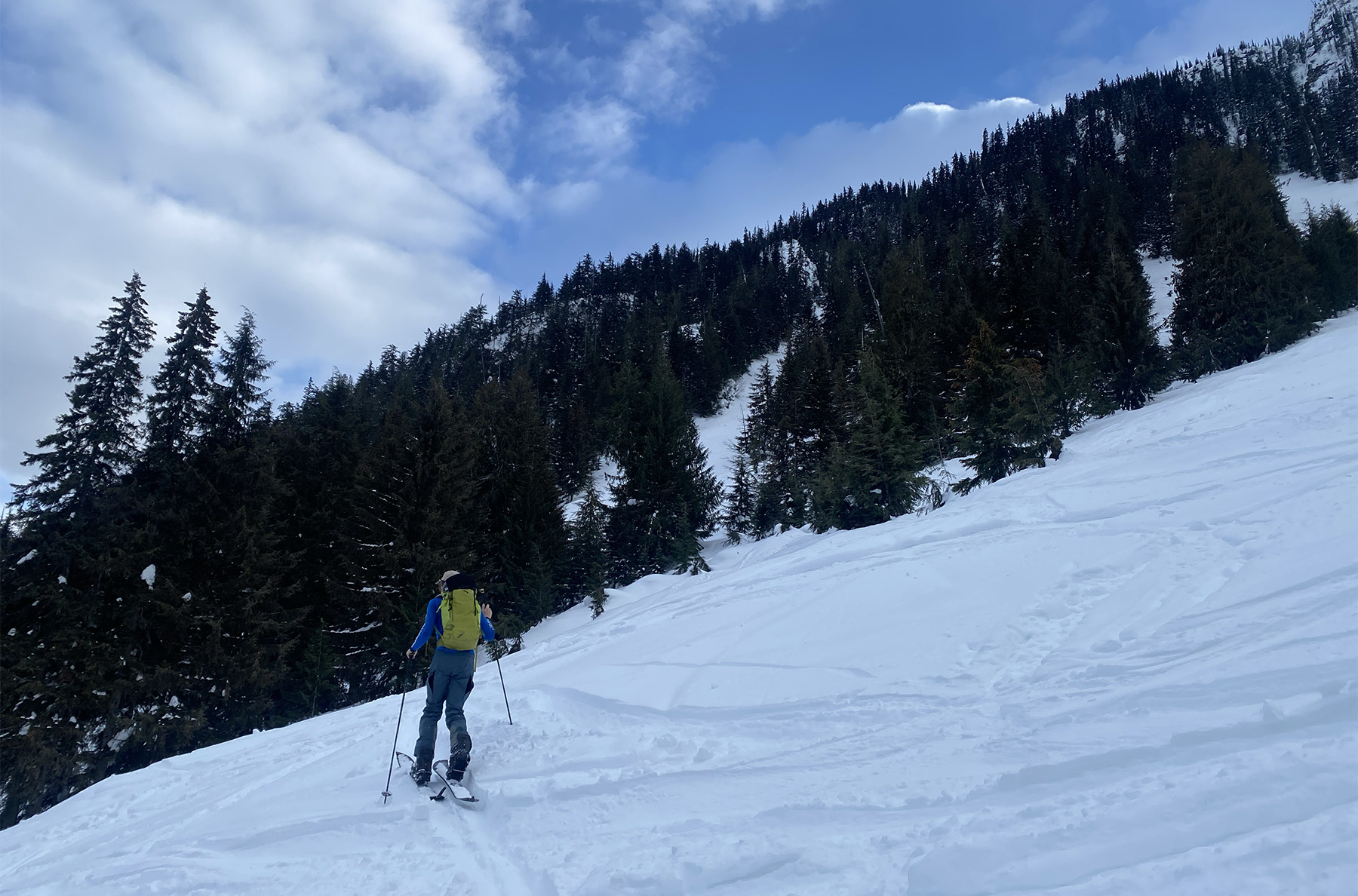
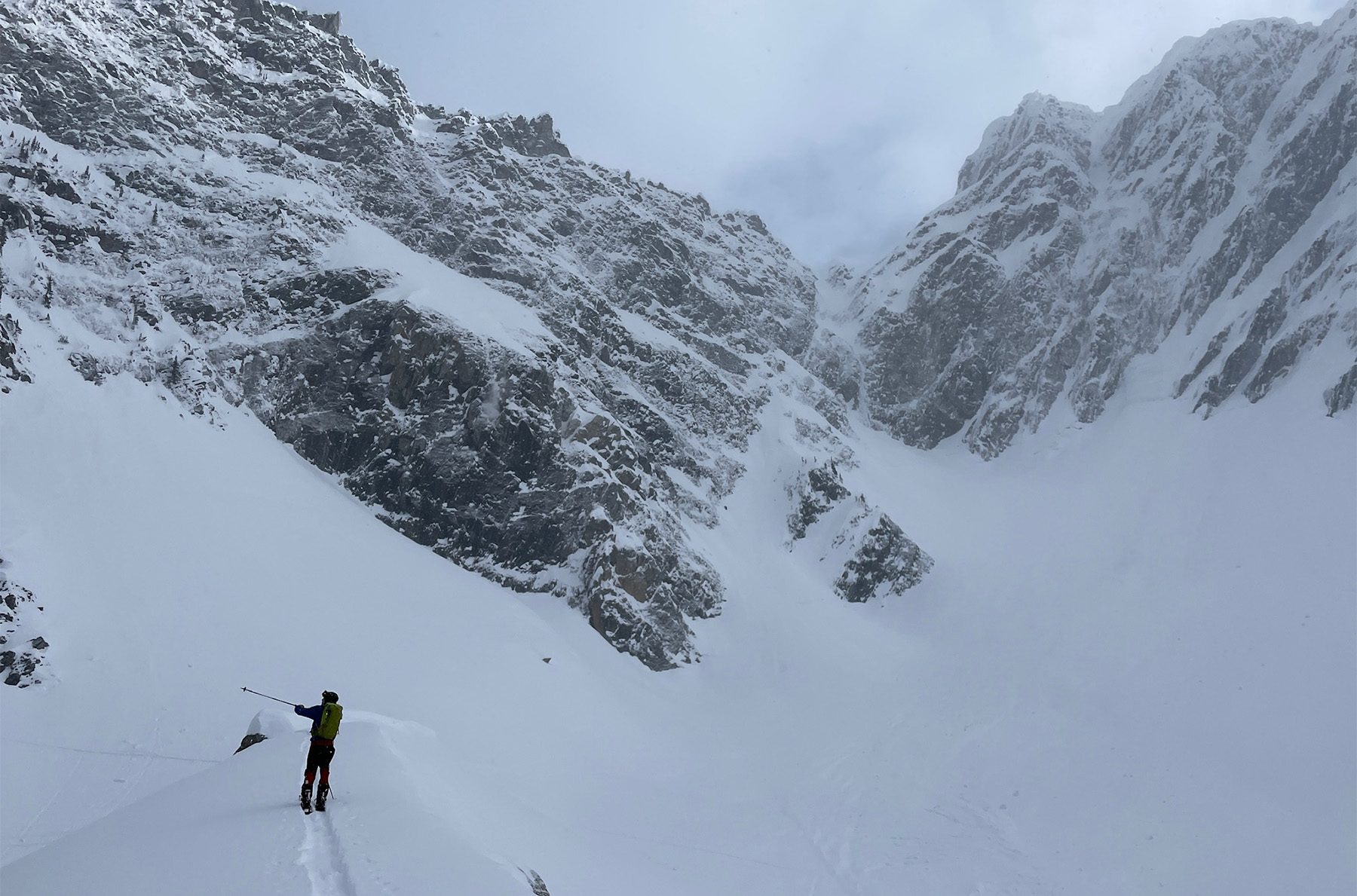
Downhill Performance
Hardpack
On smoother hardpack, the Ultralight Stratos is right at home. Its dependably snappy carbon construction and serrated edges make for reliable edge hold at the top of icy couloirs, and its low weight helps with jump turns. It’s not the widest board at 25.6 cm for the waist of the 159 cm length, so with my size 10 boots, I did take care at higher edge angles, but the edge bite is solid overall (it is available in a 161W version, with a 26.4 cm waist).
The Ultralight Stratos Split’s spooned shovel and tail do raise its contact points, making turn initiation on hardpack a bit slower, and those looking for a specialized hardpack crusher would be better served by something like the Jones Ultracraft 2.0, Korua Escalator, or Amplid Milligram. That said, the Ultralight Stratos’s construction does a good job of preserving solid hardpack performance while being more forgiving in variable conditions than other ultralight splitboards I’ve tried.
Powder
The Ultralight Stratos is a fun and lively board in powder. It’s not the most directional, powder-specific splitboard, and in the deepest, nosedive-promoting snow, it requires more backseat riding than many of the more pintailed and otherwise pow-oriented options out there (e.g., Jones Hovercraft, Rossignol Sushi).
In exchange, the Ultralight Stratos Split’s more substantial tail is fun to pop off, easy to land on, and makes for a capable freestyle shape in fresh snow. Additionally, its 3D nose and tail make smearing turns in a few inches of soft snow really fun. Overall, most snowboards are fun in powder, and the Ultralight Stratos is one of them, with a few versatility- and playfulness-oriented design features that set it apart.
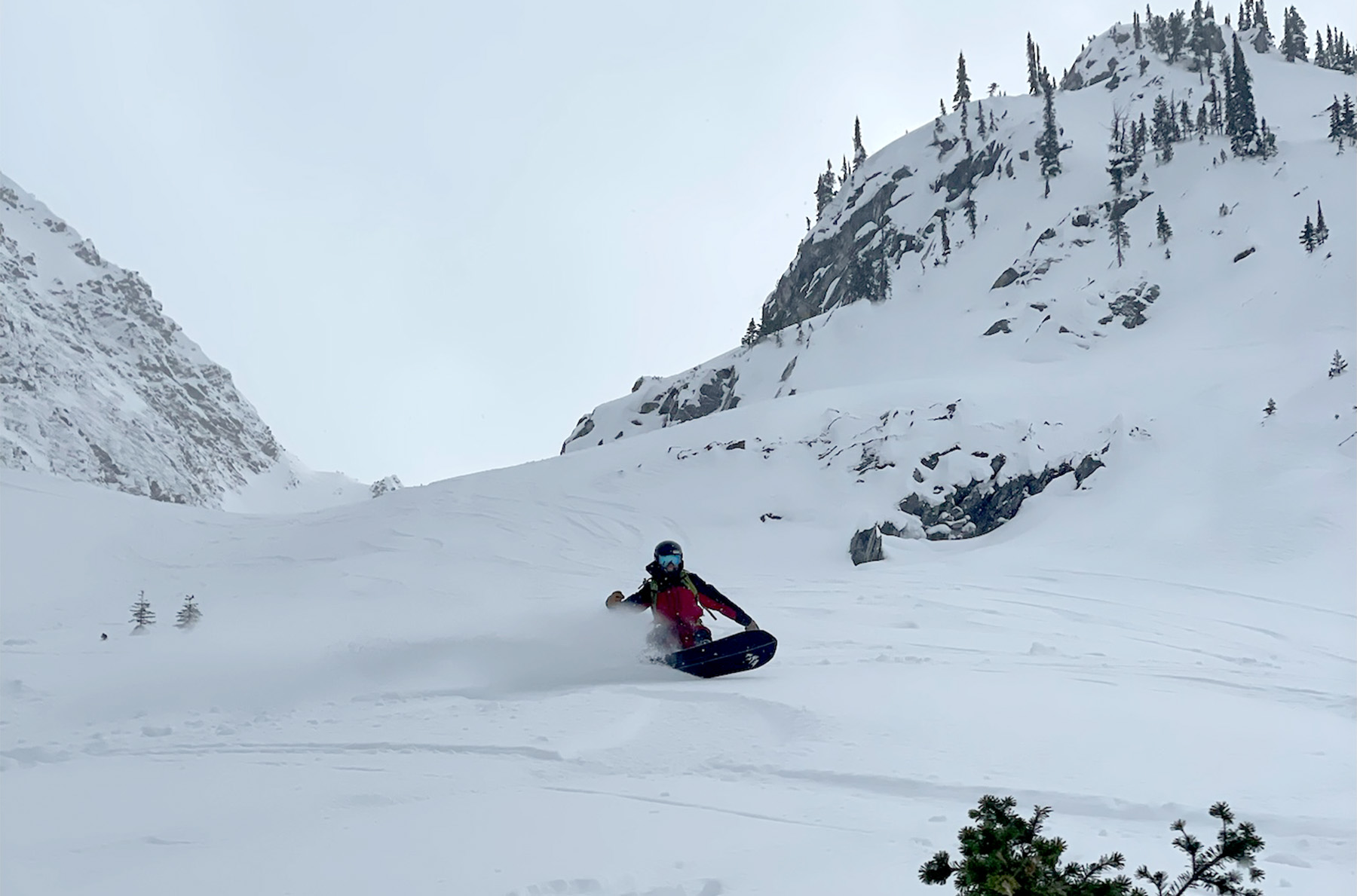
Chop / Variable Snow
While I think the Ultralight Stratos offers a smooth ride relative to its core materials and weight, it is still a light board with a carbon-laminate construction, and variable snow is not its happy place.
Chopped-up powder feels relatively smooth when I’ve got even weight distribution over the Ultralight Stratos, which made for surprisingly fun days in high-traffic backcountry zones after storms. Shallow chop at lower speeds was also manageable; I found myself switching to shorter-radius, surfy slarve-style turns in those scenarios to avoid chatter. Keep your speed in check, and it’s fine.
Unsurprisingly, the deeper chop, melt-freeze snow, crusts, and otherwise challenging conditions that come intermittently in the Pacific Northwest left me wishing I was on another board. There’s no way around the fact that weight is often your friend when it comes to damping and how well a board tracks through cruddy conditions. However, I’ll note that survival shredding in these tough snow conditions was significantly easier on the Ultralight Stratos than it was on other ultralight boards I’ve tried (e.g., Telos DST Carbon, Korua Escalator).
Durability
The Ultralight Stratos is, well, an “ultralight” board, but so far, I haven’t had any serious issues with durability (obviously, I’m still in the pretty early stages of testing long-term durability). Its top sheet does scratch easily, including a lengthy gouge from a misplaced pole placement on a steep kick turn, but it has so far resisted the chipping that sometimes plagues flimsy topsheets, especially near the nose where there is inevitably edge scraping. I haven’t had any major high-impact rock encounters so far, but the base has held up to small scrapes as expected.
I’m still riding the Ultralight Stratos regularly and will update this review if / when I run into any durability issues that arise in the future.
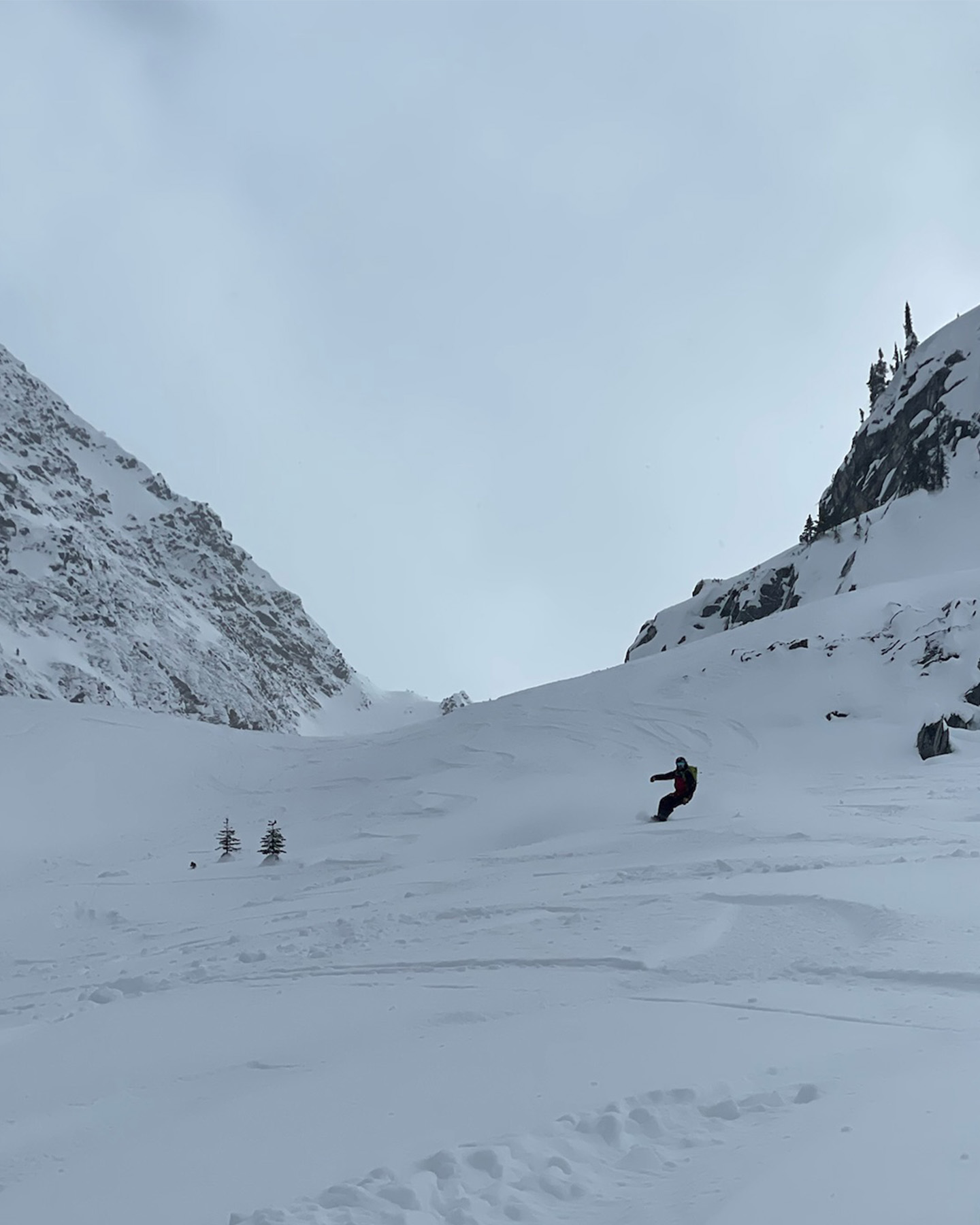
Comparisons
The market for ultralight, high-end splitboards has expanded rapidly in recent years. The Ultralight Stratos occupies a relatively small niche in this space, as a capable all-round board with a surfy, playful feel that competes with the best in terms of weight.
Stiffer, directional chargers like the Jones Ultracraft, Cardiff Goat Pro Carbon, and Korua Escalator are certainly better suited for high-consequence couloir riding. Their stiff directional and torsional flex patterns are more dependable on edge, but the compromise often comes in the form of damping / ride quality. In variable or firmer conditions, this results in a chattery, nerve-wracking ride for many riders. The Ultralight Stratos starts with a playful, forgiving, chassis and adds carbon and other weight-saving technologies, resulting in a more playful, surfy, and forgiving ride.
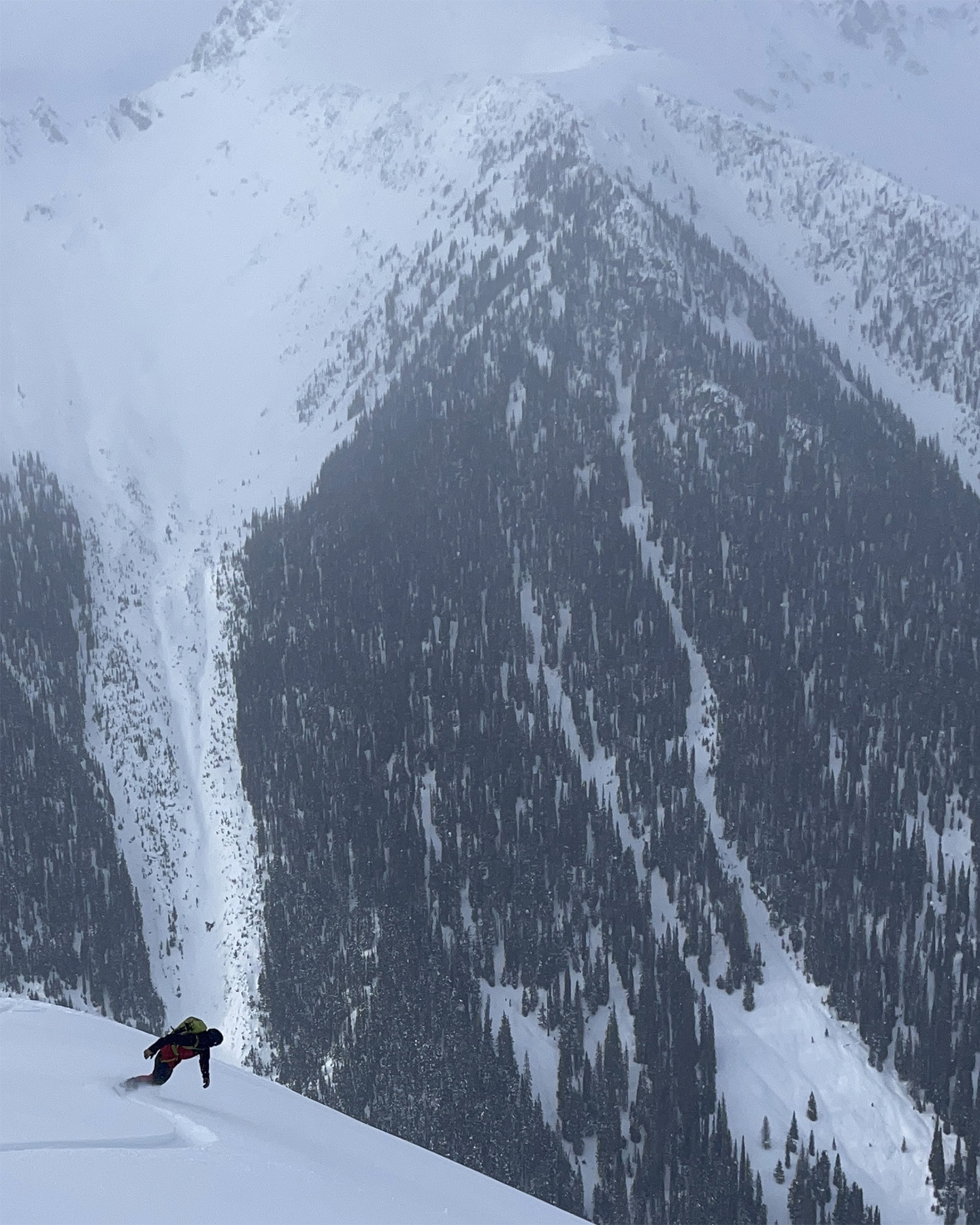
The Amplid Milligram is another reference point in the ultralight splitboard market, and, along with Amplid’s Millisurf, is a favorite of our reviewer, Andrew Forward. The Milligram features an all-mountain directional shape with minimal taper, a camber-forward profile, and an ultralight design; i.e., it’s a direct competitor to the Ultralight Stratos. The Amplid Millisurf utilizes a similar construction as the Milligram but with significant (16 mm) taper for a more directional overall platform. I’ve only ridden these boards briefly so I don’t want to overextend in terms of comparisons, but in my experience, the Milligram and Millisurf feel much lighter and more twitchy on the downhill when compared to the Ultralight Stratos. The shape of the Ultralight Stratos lies somewhere between the Milligram and Millisurf, with 10 mm of taper (more like the Millisurf) but with a more all-mountain shape and substantial tail (like the Milligram).
The standard build of the Stratos Split, which has a far more affordable MRSP of $950, is a surfier, softer, and more damp / smooth version of the Ultralight Stratos. While the two have the same manufacturer’s flex rating, I found the Ultralight Stratos to be stiffer and snappier than the standard build in practice. The standard Stratos Split is more comfortable with smeared, surfy turns, while the Ultralight Stratos is more dependable on edge. While the standard Stratos is slightly more damp than the Ultralight Stratos, I didn’t find myself yearning for increased suspension or stability at speed while riding the Ultralight Stratos.
In sum, the Ultralight Stratos does a really impressive job of minimizing the compromises that often come with the use of lighter materials, but whether or not that will make the $750 price difference worth it for you will very much depend on your personal priorities.
Who’s It For?
The Ultralight Stratos is a great option for those willing to pay a premium price for ultralight uphill performance while still maintaining a fun, playful, and surfy feel on the downhill. The $1700 price tag is substantial, and the average rider would likely be served well by the standard Stratos split ($949). But for those looking to shave every gram off their feet, the Ultralight Stratos is a very well-executed take on an ultralight and versatile splitboard.
Bottom Line
The Jones Ultralight Stratos Split is a high-end, ultralight, carbon splitboard that’s featherweight on the uphill, and thanks to a cohesive combination of materials, flex, and shape, retains a surprisingly surfy, freestyle-oriented, and forgiving ride that makes it unique.



Hi, could you update this post with you experiences this winter. Interested to hear how the Stratos held up.
Thanks,
P